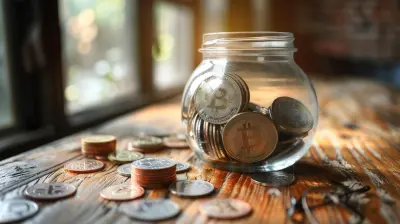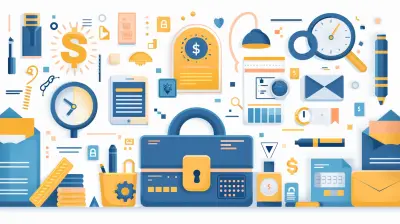How to Build a Solid Emergency Fund with Small Daily Steps
1 July 2025
Let’s get real for a second—life throws curveballs.
One minute you're sipping coffee, and the next, your car breaks down, your pet needs an emergency vet visit, or some unexpected medical bill shows up. That’s where an emergency fund saves the day. It’s not just a finance tip—it’s your personal financial superhero.
But here's the kicker — most people think they need loads of extra cash to start an emergency fund. Truth is, you don't need a six-figure salary to build a safety net. You can do it with small, intentional steps each day.
Let’s break down how you can build a solid emergency fund using simple daily actions. Ready? Let’s dive in.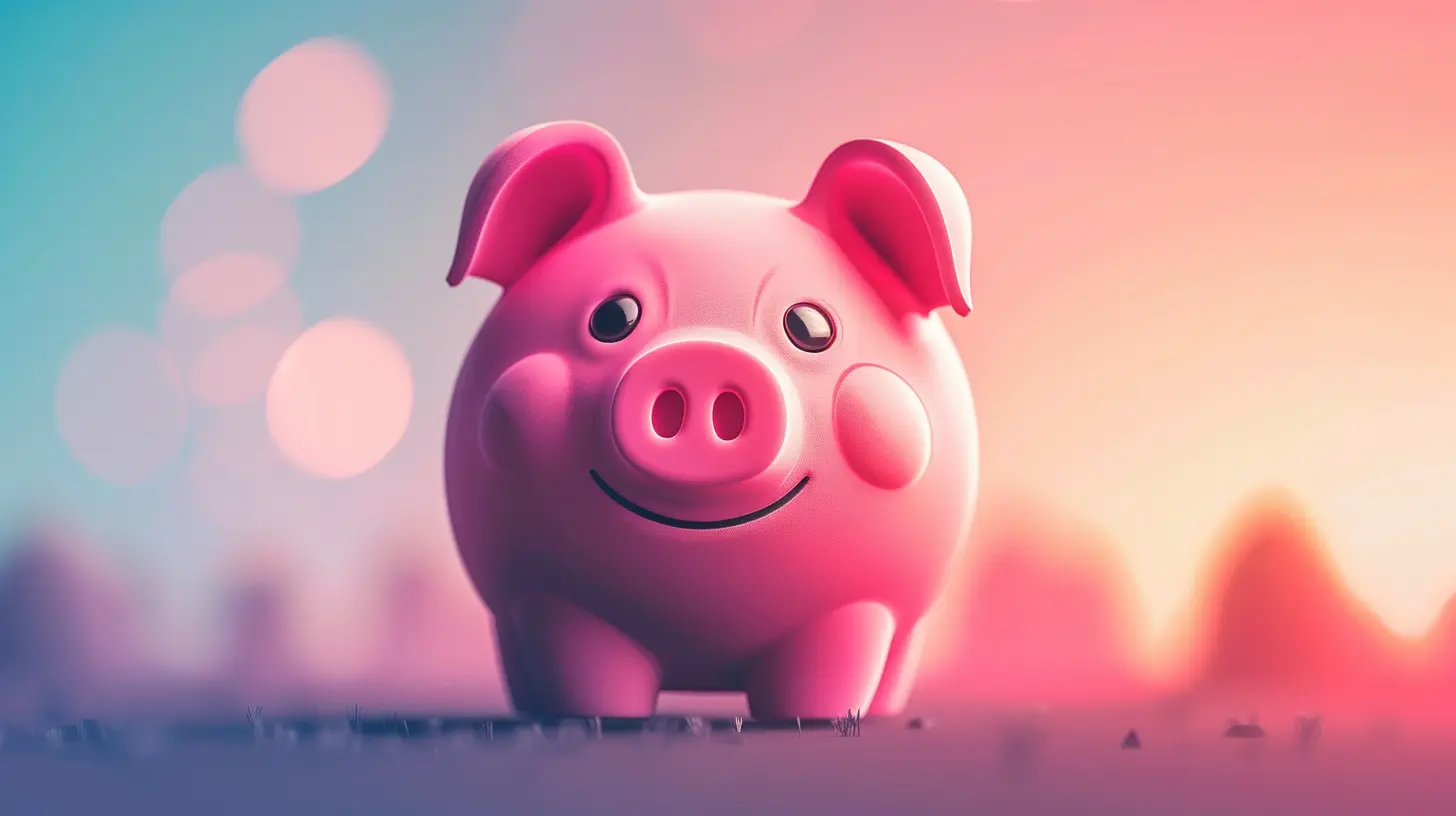
What Is an Emergency Fund, and Why Should You Care?
Alright, before we start stacking cash, let’s talk about why this even matters.An emergency fund is basically a stash of money you set aside specifically for unplanned expenses. We’re not talking about concert tickets or Black Friday deals. This fund is strictly for those "oh no" moments—job loss, car repairs, sudden health expenses, you name it.
It’s your safety blanket so that when life happens (because let’s be honest, it always does), you don’t end up relying on credit cards or draining your checking account.
So, Why Is It a Big Deal?
Well, imagine you get hit with a $1,000 emergency. If you’re living paycheck to paycheck, that can send you into a spiral of debt and stress. But if you’ve got an emergency fund? You handle it. No panic. No scrambling.It’s peace of mind in a bank account.
How Much Should You Save?
Okay, this part can feel a little overwhelming at first, but let’s break it down:- Start small: Aim for $500 to $1,000 if you're just beginning.
- Eventually: Work up to at least 3-6 months' worth of living expenses.
Sure, that sounds like a lot. But remember—we’re talking baby steps here. Small daily actions can make a surprisingly big impact over time. Think of it like building a snowman… one snowflake at a time.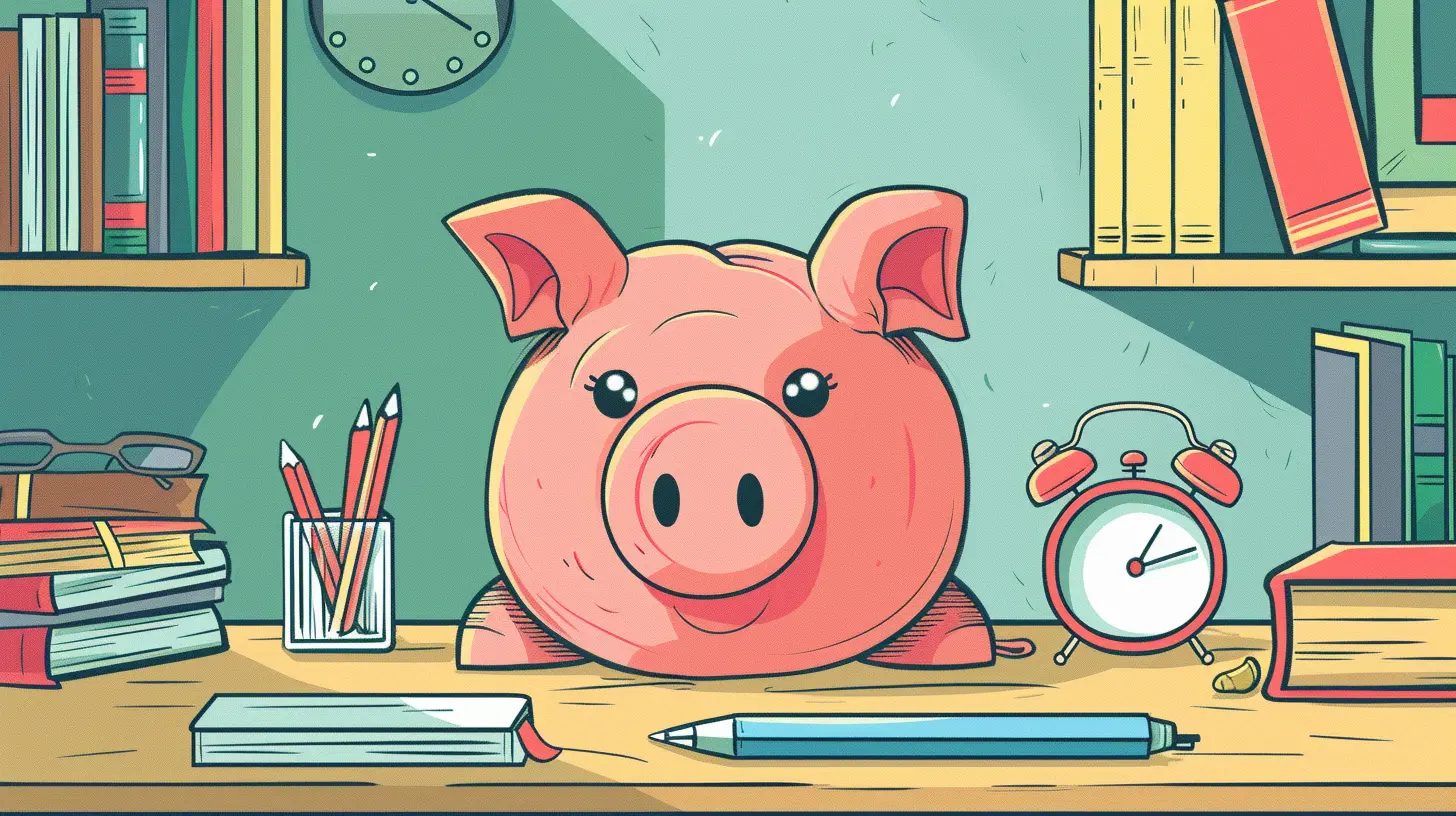
Why Small Daily Steps Work
Look, most of us don’t have an extra $5,000 lying around. But the good news? You don’t need it all at once.The secret sauce is consistency.
Let’s say you stash away $2 a day. That’s $60 a month. Add in some side hustle earnings or cut back on small luxuries, and boom—you’ve got a growing emergency fund.
It’s kind of like brushing your teeth. A few minutes a day keeps the dentist (and unexpected expenses) at bay.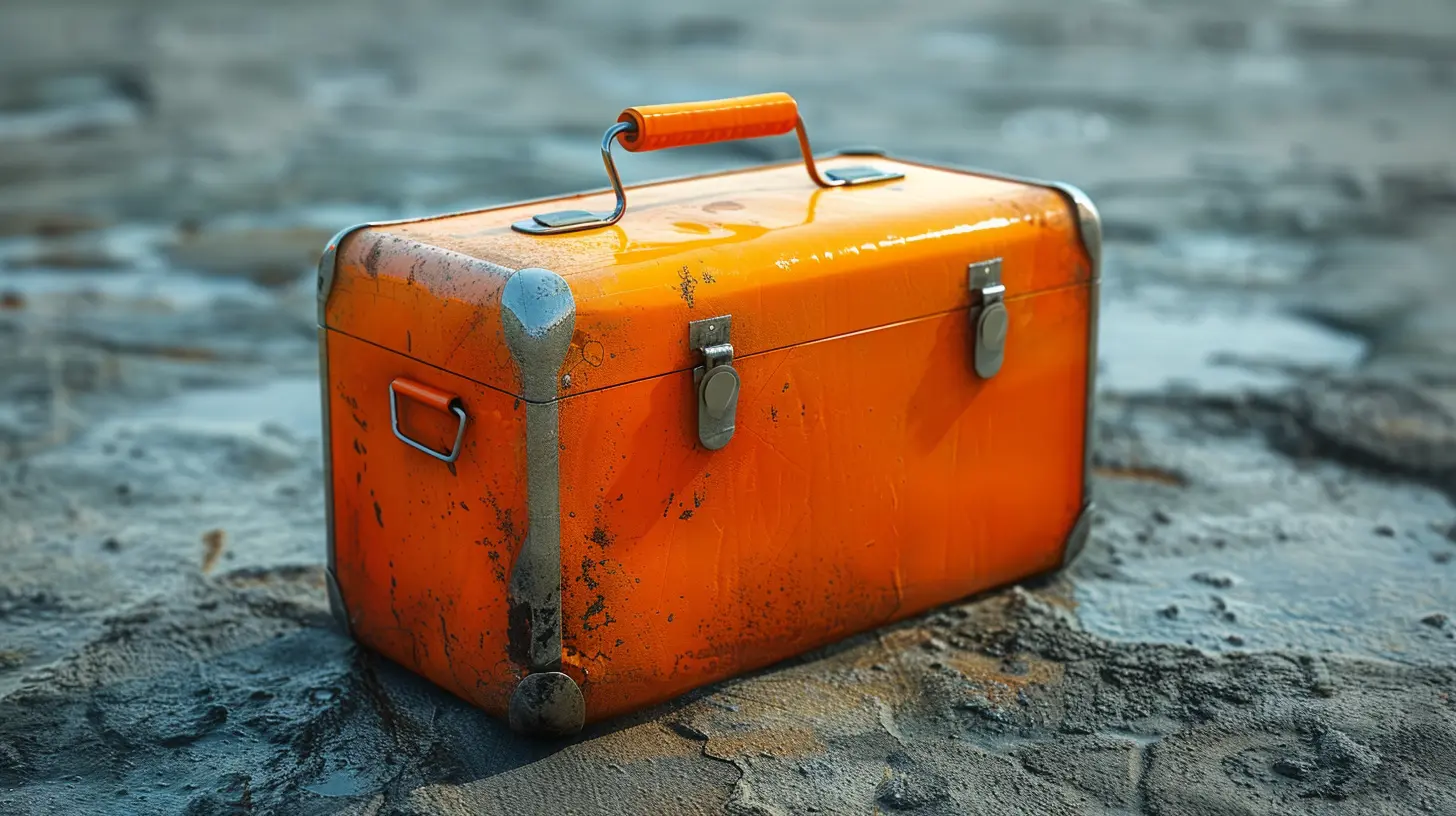
Step 1: Track Your Spending (Yes, All of It)
If you don’t know where your money’s going, how can you redirect it?Spend a week (or better yet, a full month) tracking every expense. Use an app, spreadsheet, or even a notebook—whatever works for you. Don’t cheat or skip the $4 latte. Write. It. All. Down.
You’ll probably be surprised where your money is sneaking off to.
Cutting just a few non-essential items can free up enough to start saving daily. Do you really need four streaming services? Be honest 💁♂️
Step 2: Set a Small, Achievable Daily Goal
This is where it gets fun.Set a realistic daily savings goal—something small enough that you can always stick to it. Even $1 a day is progress.
Feeling ambitious? Try a tiered approach:
- Week 1: $1/day
- Week 2: $2/day
- Week 3: $3/day
See how far you can go without feeling it in your day-to-day life. Challenge yourself.
Step 3: Automate Your Savings
Let’s face it: if saving money requires effort every day, it’s probably not going to happen consistently.Automation is your best friend.
Set up an automatic daily or weekly transfer from your checking account to a separate savings account. Better yet, use a high-yield savings account so your cash grows a bit while it waits.
Out of sight, out of mind—and suddenly you’re building wealth in the background.
Step 4: Use Spare Change Apps
Ever heard of apps like Acorns, Qapital, or Chime?They round up your purchases and set that digital spare change aside. Buy a coffee for $3.45? It rounds up to $4 and puts $0.55 into savings.
Over time, those coins become dollars, and those dollars? Well, they become your emergency fund.
It's the modern-day version of tossing your loose change in a jar, but smarter.
Step 5: Cut One Small Expense at a Time
No one likes budgeting. But making a single intentional cut? That’s doable.Pick one thing. Just one.
Maybe you:
- Make one less Starbucks run a week
- Skip takeout one night and cook dinner instead
- Pause a subscription you never use
Each small cut adds up. Reallocate that money straight into your emergency fund. You won’t just save—you’ll feel empowered.
Step 6: Side Hustle the Difference
This one’s for when you want to boost things a bit faster.Pick up a side hustle—freelance, dog walking, online surveys, selling stuff you don’t use. Commit the extra income only to your emergency fund. Don’t touch it for anything else.
Even making an extra $50 a week adds up to $200 a month. That’s $2,400 a year. You just built a full emergency fund without tapping your main income. Boom.
Step 7: Build a "No-Spend" Challenge
This is where things get juicy—and maybe a little competitive.Try a 7-day or even 30-day “no-spend” challenge. Only buy essentials (food, gas, bills). Everything else? Off-limits.
Every dollar you would’ve spent on impulse buys—put it directly into your emergency fund. You’ll be blown away by how much you can save in a single month without changing your income.
Plus, it’s kind of fun. Like a game, but your prize is peace of mind.
Step 8: Reward Yourself… Just Not with Spending
Saving money can feel hard. So reward yourself for making progress—but don’t blow your budget doing it.Find non-monetary rewards you look forward to:
- A self-care day at home
- A Netflix binge guilt-free
- A long walk in nature
- Reading a new book from the library
These little treats keep you motivated without derailing your savings progress.
Step 9: Keep It in a Separate, Hard-to-Reach Account
Temptation is a real thing.If your emergency fund is just chillin' in your checking account, it’s far too easy to dip into it “just this once.”
Keep it separate. Ideally, in an account with no debit card access. Make withdrawals just inconvenient enough to make you think twice. This tiny barrier protects your progress.
Step 10: Check In Monthly (and Celebrate Progress)
Every month, take a few minutes to check your balance.Even if you’ve saved just $30, $60, or $100—cheer yourself on. That money wasn’t there last month. That’s a win.
Add it to your calendar or set a reminder. Financial habits, just like gym routines, stick better when you track your progress and feel good along the way.
What If You Slip Up?
Here’s the deal: Life isn’t perfect. You might miss a day… or a week. It’s okay.Don’t beat yourself up. Just get back on track.
Saving money is like learning to ride a bike. Wobbles happen, but every time you get back on, you get stronger. Consistency beats perfection every time.
Final Thoughts: Start Small, Stay Consistent, Win Big
Here’s the bottom line: Building an emergency fund doesn’t require fancy finance degrees or major sacrifices. It just needs a plan, a little willpower, and a whole lot of small daily wins.Saving $1 a day may not feel like much—but after 12 months, you’ll have made major progress you can actually feel. You’ll sleep better knowing you’re prepared for whatever life throws your way.
So start today. Yes—right now. Make that first small move.
Because when the emergency hits (and it will), you’ll be glad you did.
all images in this post were generated using AI tools
Category:
Financial HabitsAuthor:

Knight Barrett
Discussion
rate this article
2 comments
Christa McAuley
This article is a breath of fresh air! Building an emergency fund seems daunting, but those small daily steps make it feel so much more achievable. Let's start saving, one day at a time!
November 1, 2025 at 4:19 AM

Knight Barrett
Thank you! I’m glad you found the article helpful. Every small step truly adds up in building that emergency fund! Let's keep saving together!
Aaron Whitaker
Oh sure, because who wouldn’t want to tap dance their way to financial security with tiny, daily contributions? Forget about actual emergencies—let’s all just collect pennies like we’re in a cute little money-saving fairy tale!
July 7, 2025 at 3:27 AM

Knight Barrett
I appreciate your perspective! Building an emergency fund, even with small contributions, can provide a safety net for unforeseen circumstances. Every little bit adds up over time.
